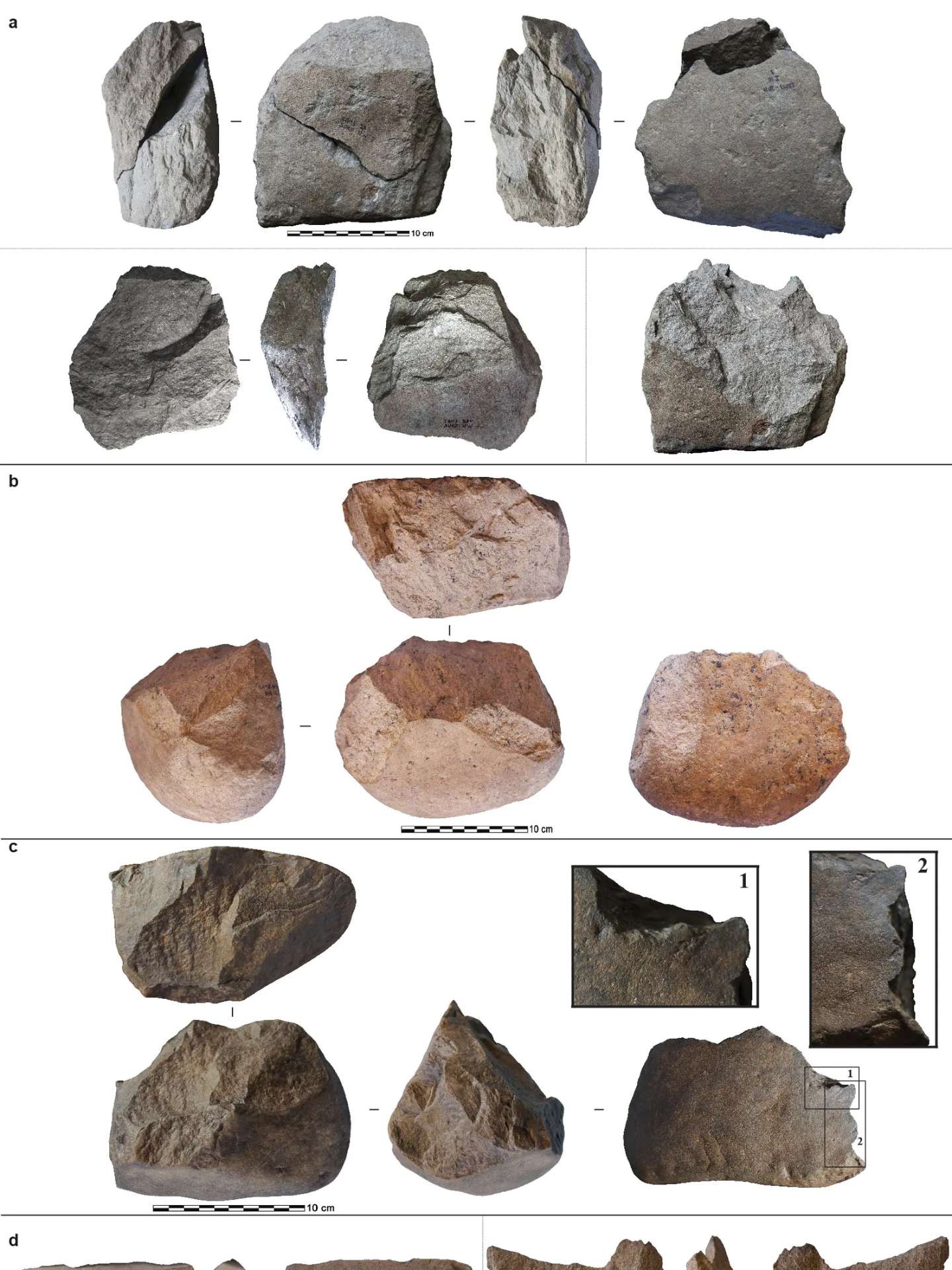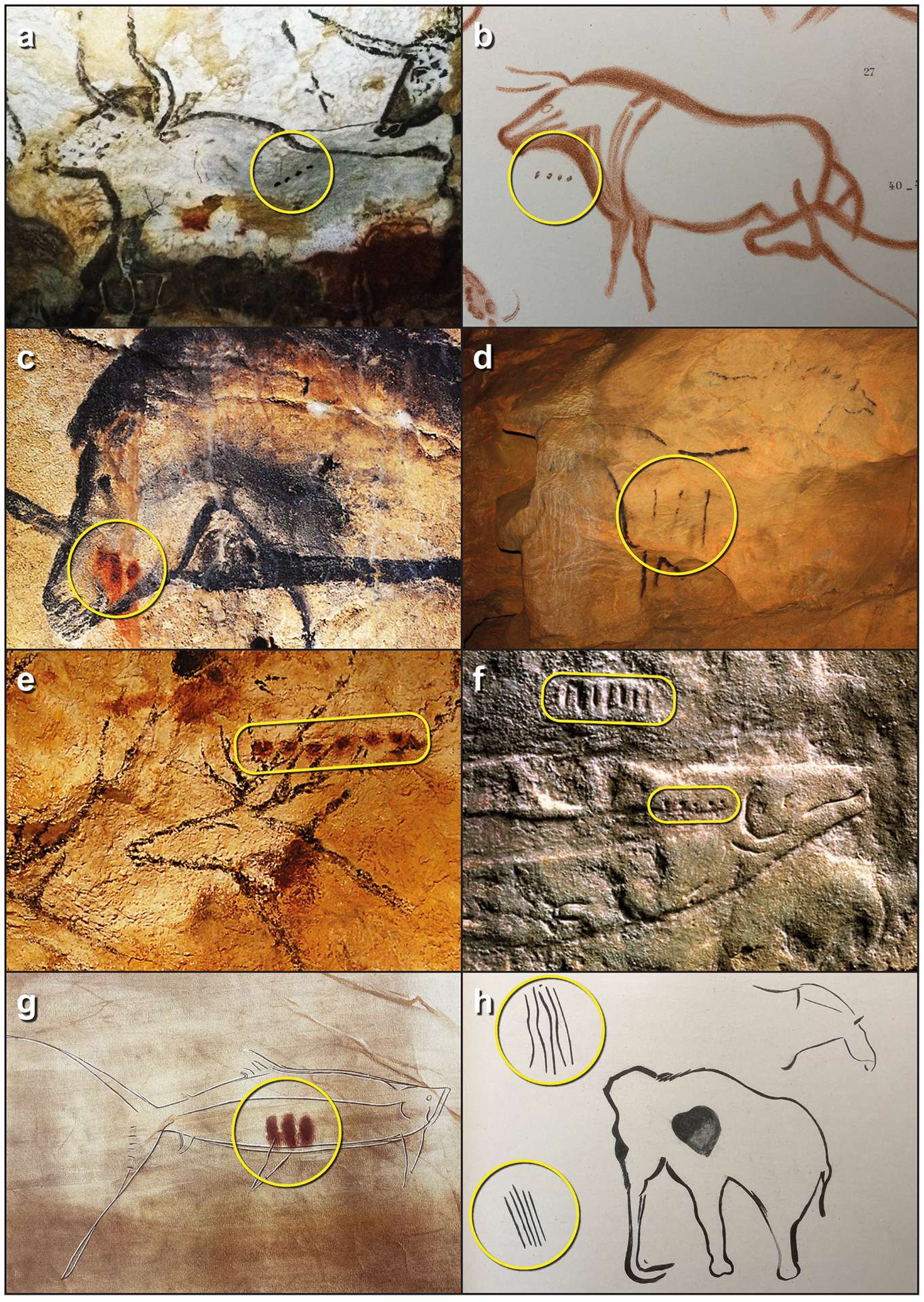
"Inventor" so consider all of their inventions. I added some key inventors that have inventions the world still makes great use of and loves today.
Resolves to a poll at market close with all options. Top 10 will resolve accordingly.
100%
90%
80%
70%
60%
50%
40%
30%
20%
10%
Everyone else resolves No.
Context:
Human evolutionary scholars have long supposed that the earliest stone tools were made by the genus Homo and that this technological development was directly linked to climate change and the spread of savannah grasslands. New fieldwork in West Turkana, Kenya, has identified evidence of much earlier hominin technological behaviour.
We report the discovery of Lomekwi 3, a 3.3-million-year-old archaeological site where in situ stone artefacts occur in spatiotemporal association with Pliocene hominin fossils in a wooded palaeoenvironment. The Lomekwi 3 knappers, with a developing understanding of stone’s fracture properties, combined core reduction with battering activities.
Given the implications of the Lomekwi 3 assemblage for models aiming to converge environmental change, hominin evolution and technological origins, we propose for it the name ‘Lomekwian’, which predates the Oldowan by 700,000 years and marks a new beginning to the known archaeological record.

Context:
In at least 400 European caves such as Lascaux, Chauvet and Altamira, Upper Palaeolithic Homo sapiens groups drew, painted and engraved non-figurative signs from at least ~42,000 bp and figurative images (notably animals) from at least 37,000 bp. [...]
Using a database of images spanning the European Upper Palaeolithic, we suggest how three of the most frequently occurring signs—the line <|>, the dot <•>, and the <Y>—functioned as units of communication. We demonstrate that when found in close association with images of animals the line <|> and dot <•> constitute numbers denoting months, and form constituent parts of a local phenological/meteorological calendar beginning in spring and recording time from this point in lunar months. We also demonstrate that the <Y> sign, one of the most frequently occurring signs in Palaeolithic non-figurative art, has the meaning <To Give Birth>. The position of the <Y> within a sequence of marks denotes month of parturition, an ordinal representation of number in contrast to the cardinal representation used in tallies.
Our data indicate that the purpose of this system of associating animals with calendar information was to record and convey seasonal behavioural information about specific prey taxa in the geographical regions of concern. We suggest a specific way in which the pairing of numbers with animal subjects constituted a complete unit of meaning—a notational system combined with its subject—that provides us with a specific insight into what one set of notational marks means. It gives us our first specific reading of European Upper Palaeolithic communication, the first known writing in the history of Homo sapiens.
